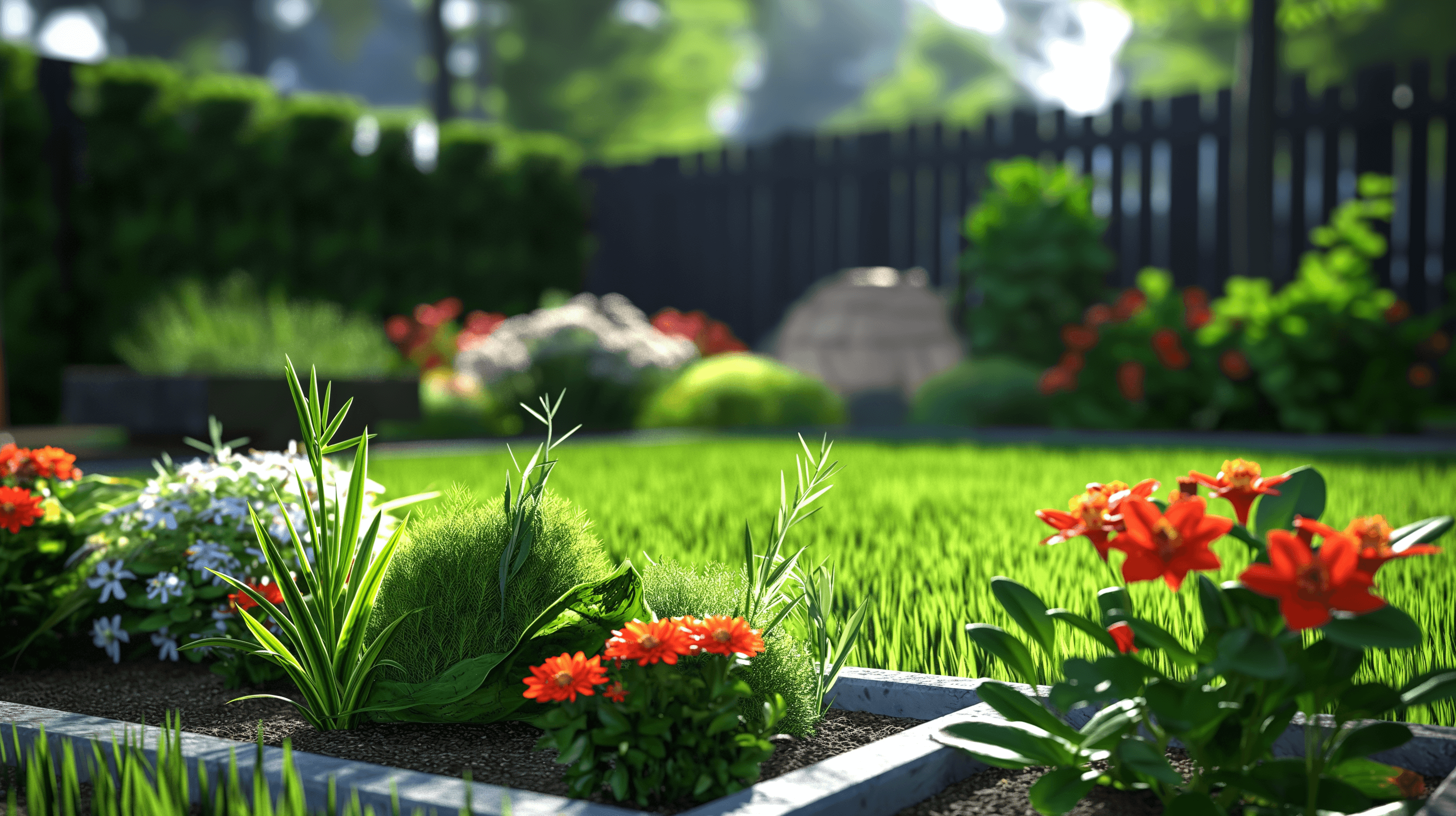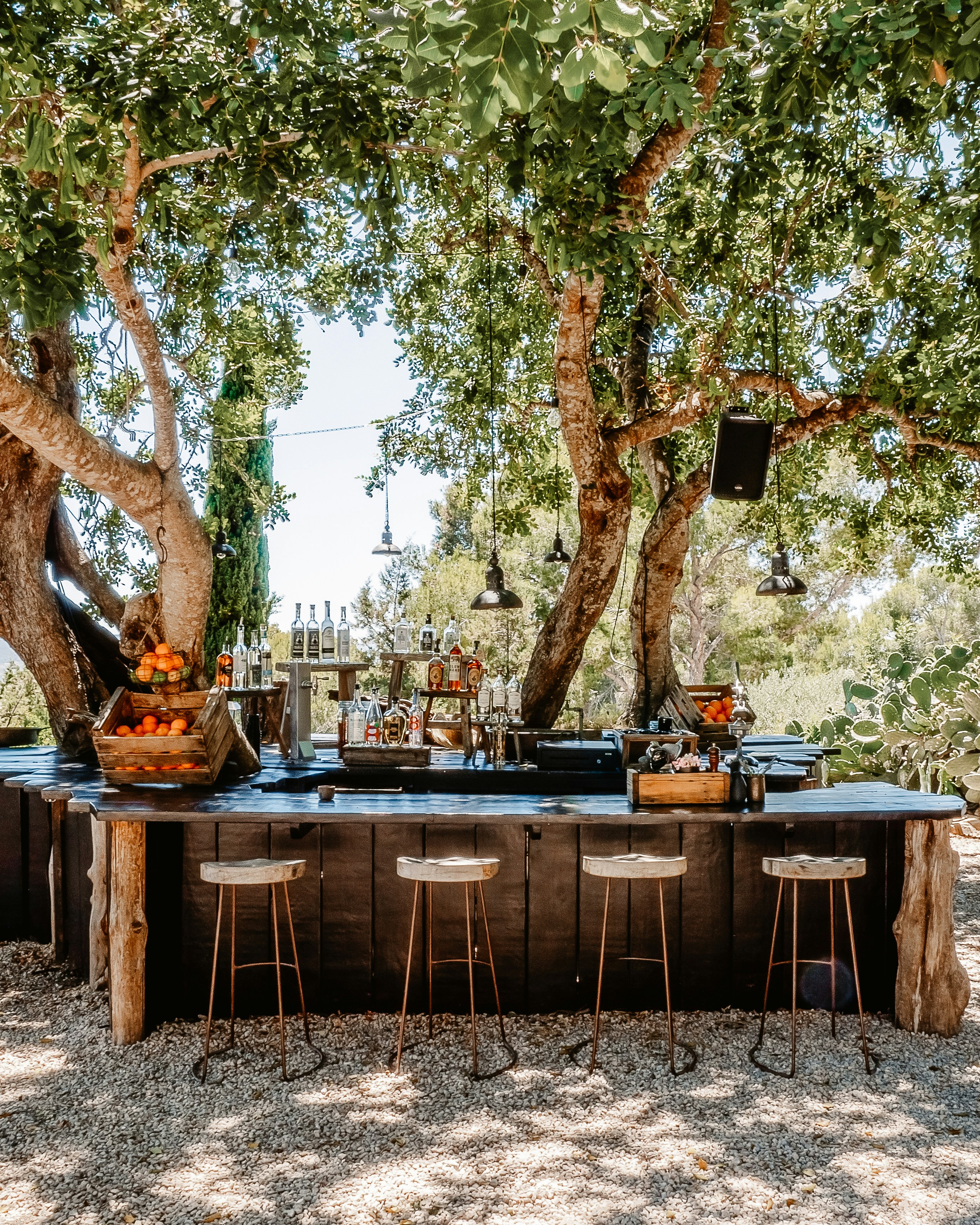Home Features
Plan for Landscaping Expenses to Enhance Your Property’s Curb Appeal
Landscaping plays a crucial role in creating an inviting and aesthetically pleasing exterior, which significantly enhances your property's curb appeal. Whether you are preparing to sell your home or simply want to elevate its appearance, investing in thoughtful landscaping is essential. However, it’s equally important to plan for the costs associated with it to avoid overspending and maximize the value of your investment.
Here’s a detailed guide on how to plan for landscaping expenses while boosting your home’s curb appeal.
Why Landscaping Matters for Curb Appeal
First impressions matter, especially in real estate. The exterior of your home is the first thing potential buyers, guests, or even passersby see, and it sets the tone for the entire property. Well-maintained landscaping can increase your home's market value by up to 10%, making it a worthwhile investment whether you're looking to sell or enjoy your home long-term.
Factors Affecting Landscaping Costs
Landscaping expenses can vary widely based on several factors. Understanding these will help you create a realistic budget and ensure you get the best return on your investment.
Size of the Property: The larger the area you need to landscape, the more it will cost. A sprawling front yard requires more plants, materials, and labor compared to a smaller space.
Type of Landscaping: Simple landscaping projects like planting flowers, installing a lawn, or adding mulch are relatively inexpensive. In contrast, more elaborate designs, such as installing water features, pathways, retaining walls, or outdoor lighting, can significantly increase costs.
Materials: The choice of plants, trees, shrubs, and hardscaping materials (like stones, bricks, or wood) will affect the overall expense. Native plants are often more affordable and easier to maintain, while exotic or non-native species may require additional care and investment.
Labor Costs: Hiring professional landscapers comes at a cost, but it can save you time and ensure high-quality results. DIY landscaping may reduce labor expenses, but it requires the right tools, knowledge, and time commitment.
Ongoing Maintenance: Landscaping isn’t a one-time cost. Maintaining a well-manicured lawn, trimming hedges, watering plants, and fertilizing gardens all require ongoing effort and expense. Plan for seasonal maintenance, including leaf removal, winterizing plants, and replanting annuals.
Special Features: Installing special features like irrigation systems, outdoor kitchens, fire pits, or water fountains adds value but can also increase costs substantially. Decide early on which features are must-haves and which can be added later.
How to Plan for Landscaping Expenses
1. Set a Budget
Start by determining how much you’re willing to spend on your landscaping project. Factor in both the upfront costs of installation and the ongoing costs of maintenance. Research typical landscaping costs in your area, and talk to local landscapers or nurseries to get estimates based on the scope of your project.
2. Prioritize Your Landscaping Needs
If you’re on a limited budget, prioritize landscaping elements that offer the most value for your investment. For example, a healthy, green lawn, freshly mulched beds, and trimmed hedges can go a long way in improving curb appeal. Larger projects like installing a patio or deck can be phased in over time as your budget allows.
3. Focus on Low-Maintenance Options
Choosing low-maintenance plants and features can help reduce long-term costs. Native plants are often more resilient, require less water, and are better suited to your local climate, reducing the need for constant care. Consider drought-tolerant plants and perennials that come back year after year, saving you the cost of replanting.
4. Consider Professional Help
While DIY landscaping may seem like a cost-saving option, hiring a professional landscaper can ensure the job is done correctly and efficiently. Professionals can also offer design expertise and access to wholesale prices for plants and materials. In some cases, the long-term savings from a well-designed and maintained yard can outweigh the initial cost of hiring a landscaper.
5. Plan for Seasonal Expenses
Landscaping costs can fluctuate throughout the year. Spring and summer are prime seasons for planting and lawn care, while fall may require leaf removal and winter preparation. Be sure to include these seasonal expenses in your landscaping budget.
Maximizing Curb Appeal with Your Budget
Even with a modest budget, there are several ways to enhance your property’s curb appeal effectively.
Start with the Basics: Keep your lawn mowed, edges trimmed, and garden beds weed-free. A tidy yard instantly improves the look of your home.
Add Color: Incorporate seasonal flowers and plants to add pops of color. Hanging baskets, window boxes, or a few potted plants near the entrance can make a big difference without breaking the bank.
Upgrade Hardscaping: Replace cracked or uneven walkways, clean the driveway, and consider adding a new path or stepping stones to guide visitors to your front door.
Lighting: Outdoor lighting can accentuate your landscaping at night and provide a warm, inviting glow. Solar-powered lights are energy-efficient and relatively inexpensive.
Front Door Focus: Consider adding a fresh coat of paint to your front door and accessorizing with a stylish wreath or new house numbers. This is a low-cost way to give your home a fresh look.
Conclusion
Investing in landscaping to improve your property’s curb appeal is one of the smartest ways to enhance its value and aesthetic appeal. By planning for the associated expenses, prioritizing projects, and choosing low-maintenance, cost-effective options, you can create a beautiful outdoor space without overspending. Whether you’re preparing your home for sale or simply want to enjoy a more inviting exterior, thoughtful landscaping can make a lasting impression.




